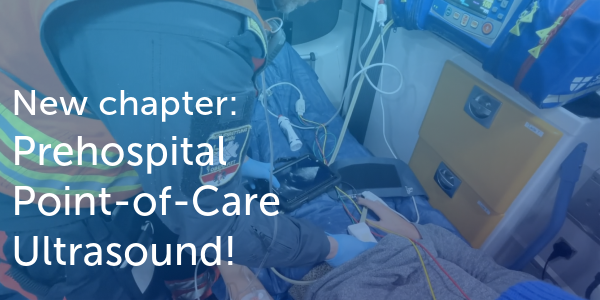4.1 Introduction
Heart failure does not occur only when “systolic function” fails, but also when filling of the ventricles is impaired. As filling occurs during diastole, we use the terms “diastolic function” and “diastolic dysfunction” when referring to filling and filling abnormalities. Several factors and conditions may alter diastolic function. Diastolic dysfunction is very common and is nearly always present in the setting of systolic dysfunction. However, isolated diastolic dysfunction may also lead to heart failure. This condition is known as HFNEF or HFPEF (heart failure with normal /preserved ejection fraction). Although this term is commonly used to describe isolated diastolic heart failure, systolic dysfunction may occur in the presence of a normal ejection fraction as well. Thus, HEFNEF does not necessarily imply that true isolated diastolic dysfunction is present. Diastolic dysfunction is not a benign condition. Patients with diastolic dysfunction may develop symptoms such as dyspnea, and are subject to a high risk of experiencing atrial fibrillation. Besides, diastolic dysfunction is associated with a higher mortality rate when it occurs in conjunction with several conditions.
Acute myocardial infarction Dilated cardiomyopathy Valvular heart disease Hypertrophic cardiomyopathy Restrictive cardiomyopathy Atrial fibrillationDiastolic dysfunction and prognosis

Echocardiography is the most widely used diagnostic tool to establish diastolic dysfunction. It provides crucial information about the presence as well as severity of diastolic dysfunction. In order to assess diastolic dysfunction we first have to understand the physiology of ventricular filling.
